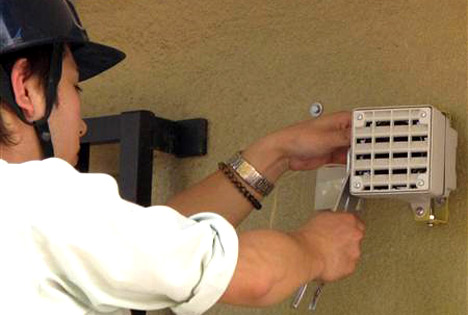
A vandalized toilet at Kitashikahama Park in Tokyo's Adachi ward is raising questions about the effectiveness of the park's controversial new "Mosquito" alarm -- a device designed to repel teenagers by emitting an obnoxious high-frequency tone that only they can hear.
The Mosquito, which was installed at the park on May 21 to discourage teens from hanging out there after hours, now operates every night from 11:00 PM to 4:00 AM. The device produces a high-pitched tone of around 17 kHz, which is unbearable to teen ears. The sound has no effect on older people, as the ability to hear high frequencies declines naturally with age.
The broken toilet, which was discovered on the morning of June 21, appears to have been smashed with a baseball bat. Spent bottle rockets were also found at the site.
Surveillance camera footage showed what appeared to be as many as seven teenagers hanging out in the park in the early morning hours of June 21, while the Mosquito was in operation. Authorities were unable to determine whether the teens in the video were responsible for the vandalism.
According to Adachi ward officials, teen vandals inflicted 700,000 yen ($7,400) worth of damage in the park last year. Unable to solve the problem with extra patrols, the authorities began searching for new measures. They eventually turned their attention to the Mosquito, which is already in use at some Tokyo-area convenience stores plagued by loitering teens.
The prospect of using the Mosquito has been controversial, and critics question whether it is in the city's interest to use such a device that discriminates against young people as a group, even if they are responsible for causing problems. In the end, the officials decided to test the device at the park until March 2010.
The smashed toilet is first case of vandalism at the park since the Mosquito was installed.
[Source: MBS]





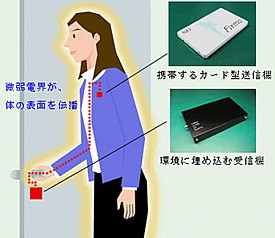 NTT has begun selling a device that transmits data across the surface of the human body and lets users communicate with electronic devices simply by touching them, the company announced on April 23.
NTT has begun selling a device that transmits data across the surface of the human body and lets users communicate with electronic devices simply by touching them, the company announced on April 23. 
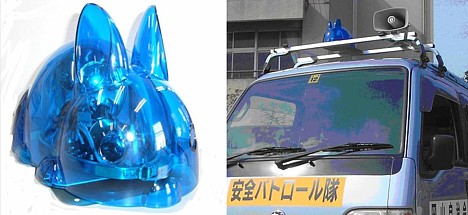
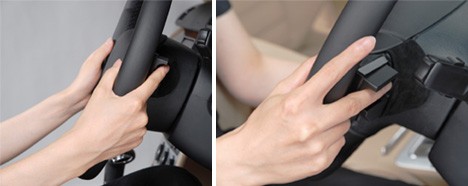
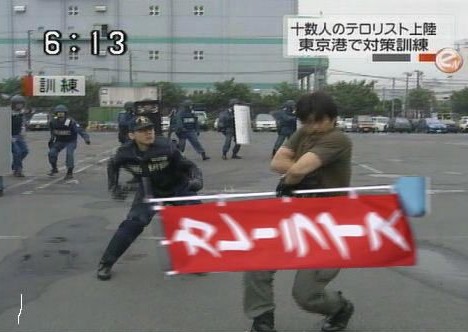


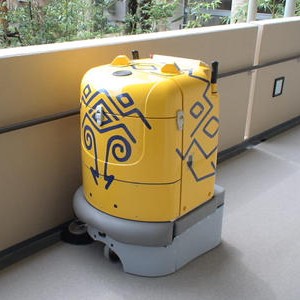 An autonomous robot janitor built by Subaru (Fuji Heavy Industries) and Sumitomo has landed a job cleaning the outdoor hallways of a new 14-story Bali-themed luxury apartment complex in Tokyo. Lovingly nicknamed 'Tondon' in an apparent reference to a legendary Balinese snake god, the robot is a close relative of
An autonomous robot janitor built by Subaru (Fuji Heavy Industries) and Sumitomo has landed a job cleaning the outdoor hallways of a new 14-story Bali-themed luxury apartment complex in Tokyo. Lovingly nicknamed 'Tondon' in an apparent reference to a legendary Balinese snake god, the robot is a close relative of